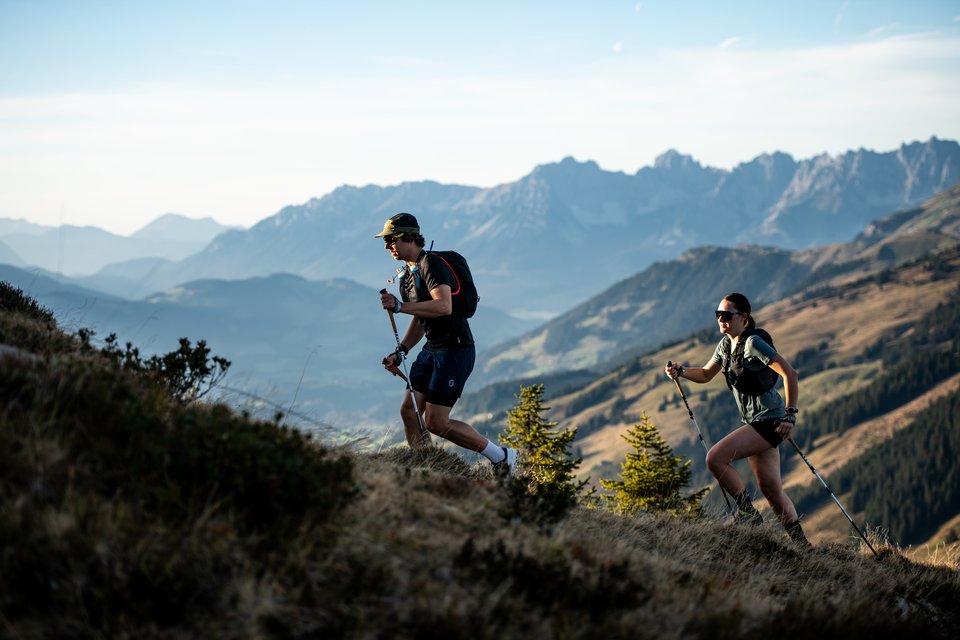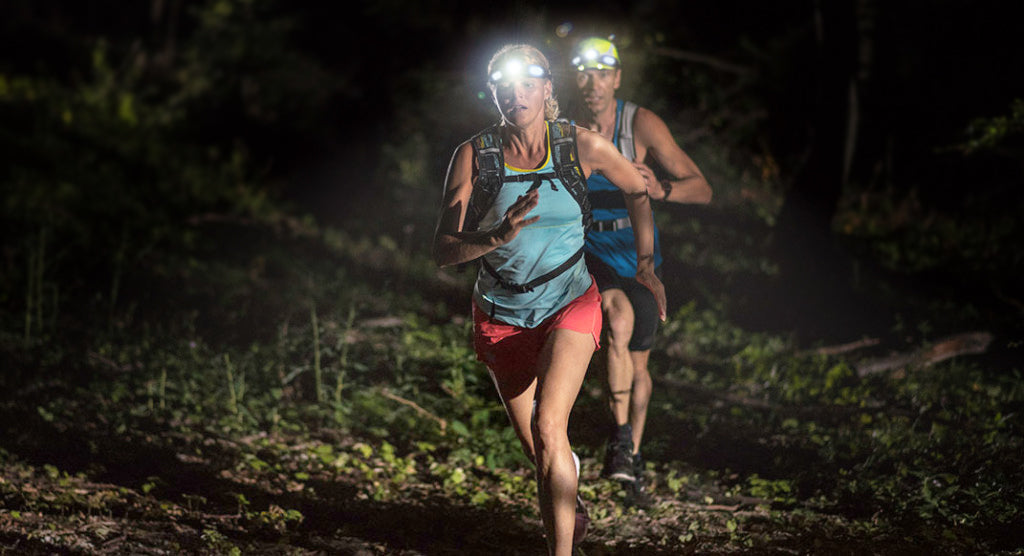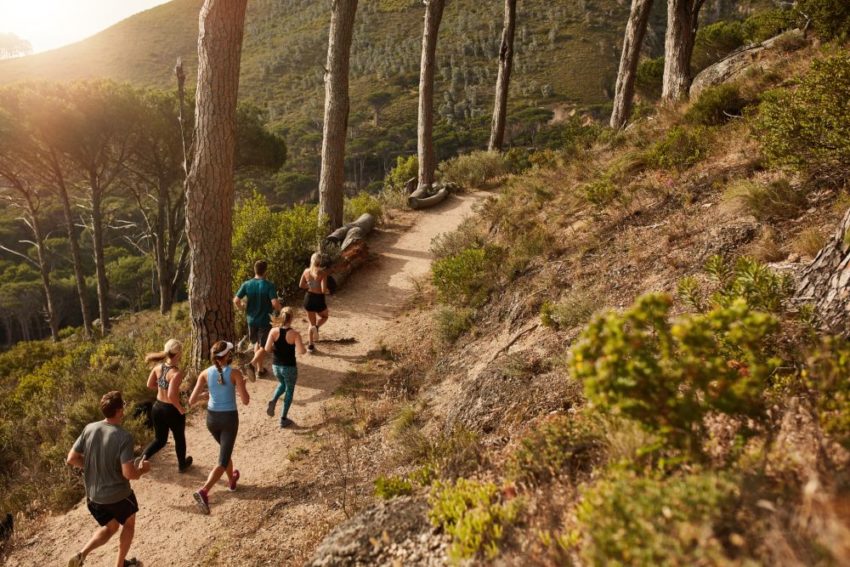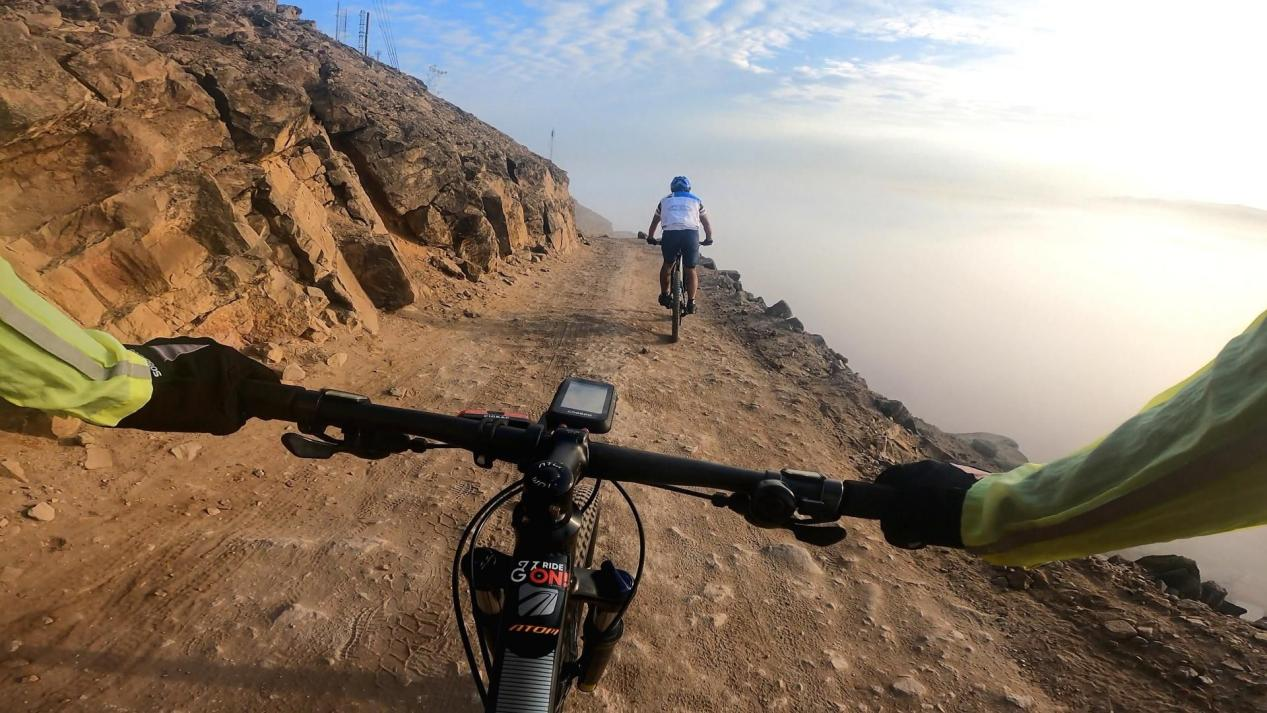New to Trail Running? Here's How to Get Started
Trail running offers a refreshing alternative to the monotony of paved roads and gym treadmills. As you wind through wooded paths, scale scenic hills, and splash through creek beds, you connect with nature in a dynamic and invigorating way. But for beginners, venturing off-road requires more than just lacing up your sneakers. This guide covers everything you need to know to begin trail running confidently and safely.

Find the Right Shoes
Shoes are the most important gear for trail runners. If your first trail run is on a smooth gravel road, you can use your road-running shoes. However, once you start running on roots, rocks, and slippery mud, you'll see how important it is to have trail-running shoes.
How are trail-running shoes different?
Trail-running shoes are not just rebranded road runners. According to a review in the Journal of Sports Sciences, trail shoes are specifically designed to provide stability, grip, and protection in uneven terrain (Knapik et al., 2014). Here are the main differences:
Tread and grip: Trail shoes have more aggressive outsoles for better traction on rocks, mud, and loose dirt.
Protection: They often have rock plates or reinforced toes to shield your feet from roots and sharp rocks.
Stability: With a lower profile and firmer midsoles, they reduce the risk of ankle rolls.
Choose a pair that suits your local terrain—soft and muddy trails may need deeper lugs, while rocky areas require robust underfoot protection.
Gear Up to Run
Venturing into the wild requires a bit more preparation than a city run. Here’s what you need:
Carrying Water

Staying hydrated is important. For shorter runs, you can use handheld water bottles or a running belt. For longer runs, think about using a hydration pack or a vest.
Clothing
Your running clothes should be made of moisture-wicking merino wool or synthetic materials instead of cotton, which takes a long time to dry. Choose merino wool or synthetic socks as well. For cool or wet weather, a lightweight rain jacket or windbreaker is a good idea.
Wearing layers is a smart way to dress, especially for long runs. It helps you stay comfortable all day. You might feel cold at first, but as you warm up going up a big hill, you can take off some layers. If you cool down during a break or if bad weather comes, you can put the layers back on.
Food
For runs shorter than an hour, one or two energy gels might be enough. But for runs longer than 60–90 minutes, it's good to have snacks like energy gels, dried fruit, or bars. You can also use electrolyte drinks or tablets to replace sodium lost from sweating.
Watch or Heart Rate Monitor

Devices like GPS watches and Coospo heart rate monitors can help you keep track of your running pace and performance. A 2020 study published in the International Journal of Sports Physiology and Performance highlighted how heart rate monitoring benefits endurance athletes by helping them with pacing and recovery.
Navigation Tools
If you're running trails in an unfamiliar area, don't forget navigational tools such as a map and compass or, additionally, a GPS unit.
Lights

If you might be running at dusk or in low light, bring a headlamp or handheld light with fresh batteries. Your backpacking headlamp could work, but if you plan to run a lot at night, choose one that gives at least 200 lumens. Some trail runners also carry a handheld flashlight along with a headlamp to better light the path while keeping the flashlight focused on the trail.
Sun Protection
Sun protection includes using sunscreen (with SPF 30 or higher), lip balm, wearing a hat, and using sun-safe clothing. Remember, people with fair skin can get skin damage in just 15 minutes of direct sun around midday.
If you’re walking under the shade of trees, you might not feel the need for sun protection. But if you find yourself on an open ridge or at the top of a mountain, it’s important to be ready and protected from the sun.
Decide Where to Trail Run
When planning your first trail running adventure, keep in mind that running on trails usually takes more time than running on roads over the same distance. The uneven ground and changing elevations will slow you down and work muscles that aren’t used to that kind of effort. So, it’s smart to start easy and avoid choosing a distance that is too far for you at first.
Local roads and trails
Many trail runners begin by exploring parks, greenbelts, or forest preserves close to home. It's best to start on easy, well-kept trails to get used to the ground. These less demanding trips are a good way to familiarize yourself with the area and test your new gear.
Guidebooks and websites
When you want to tackle tougher challenges or explore beyond your usual trails, guidebooks and online resources are very useful. They provide important information like the difficulty of the trail, how long it is, the elevation change, directions, special features of the trail, and whether dogs are permitted. Many websites also have recent trip reports that can help you understand what to expect when you plan your run.
Running clubs

Local running clubs or meet-up groups often organize weekly trail runs. Not only is it safer to run with others, but it’s also a great way to learn from experienced runners and discover new routes.
Work on Your Technique
Running on trails comes with its own set of challenges that are quite different from running on smooth surfaces. Common obstacles include scattered rocks, fallen logs, and sticking-up roots. By practicing techniques for trail running, you can improve your skills to handle these uneven and unpredictable terrains more confidently and effectively.
Basic Trail-Running Technique
Trail running isn’t just road running with a different view. Your approach needs to adapt to varying surfaces and inclines.
Shorten your stride: Short, quick steps help maintain balance and adapt to irregular terrain.
Watch your footing: Keep your eyes 3–6 feet ahead to anticipate rocks, roots, and dips.
Use your arms: Keep them slightly wider for balance on technical trails.
Hills
Uphill: Lean slightly forward from the ankles, not the waist. Use a power-hike technique if necessary—hands on knees can help with steep inclines.
Downhill: Resist the urge to lean back. Keep a controlled, forward-leaning posture and use quick, light steps.
Elite trail runner and coach David Roche advises beginners: “Don’t be afraid to hike. Walking on steep terrain is not weakness—it’s smart pacing.”











